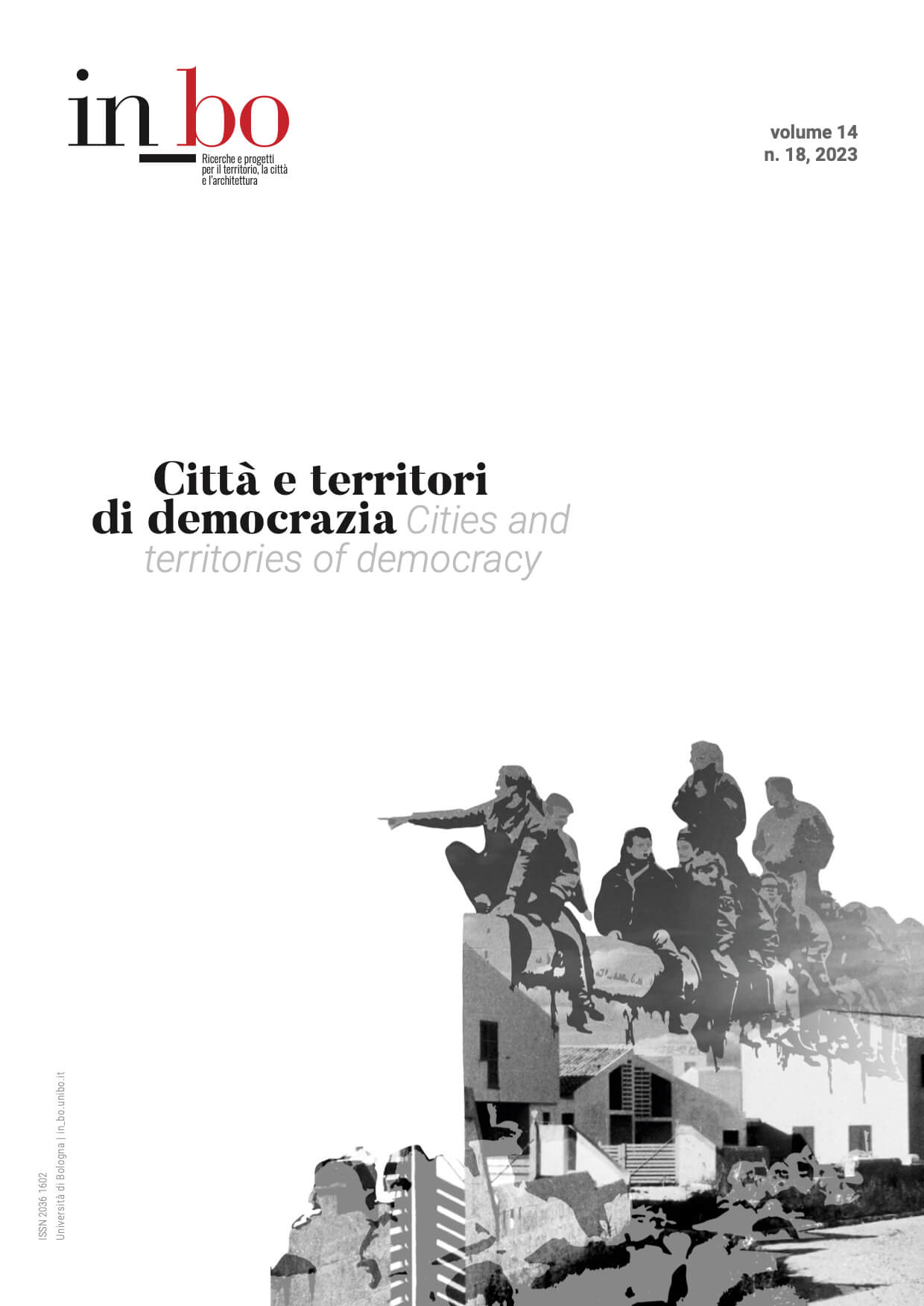Observation of the Neighborhood through the Eyes of Adolescents and Possibilities of Space Transformation
DOI:
https://doi.org/10.6092/issn.2036-1602/14806Keywords:
community, Children's Geography, adolescent, neighbourhoods, suburbsAbstract
Within Florence's District 4, there are two Isolotti: the first is a well-designed suburb born in the 1950s thanks to the INA-Casa plan, inspired by English garden-neighbourhood models with lots of public greenery, low houses and wide pedestrian spaces. The second, which arose in the 1970s-1980s thanks to funding from Gescal and the Ministry of the Treasury, is characterised by a concentration of large apartment blocks separated by green spaces, but also by a fragmented urban fabric and a rarefaction of daily activities. The pandemic has led to new thinking on the importance of neighbourhoods as places from which to rebuild new networks of active citizenship; to rethink more flexible uses of publicly owned spaces. In the wake of the Children's Geographies studies, we want to give voice to the every-day geographies of adolescent girls and boys in order to get their vision of the neighbourhood as social actors; observe their practices of appropriation of neighbourhood spaces and listen to some of their proposals for urban regeneration. Places are not only areas where visions, narratives and symbolic meanings meet, but also instruments through which something is publicly affirmed, where a political act is realized. The material and physical characteristics of places play an important role. The conditions that determine the freedom or constraint of actions for the boys and girls are contained within the materiality of the street, the square, the gardens or the condominium areas.
Downloads
Published
How to Cite
Issue
Section
License
Copyright (c) 2023 Nicolò Budini Gattai

This work is licensed under a Creative Commons Attribution-NonCommercial 3.0 Unported License.





